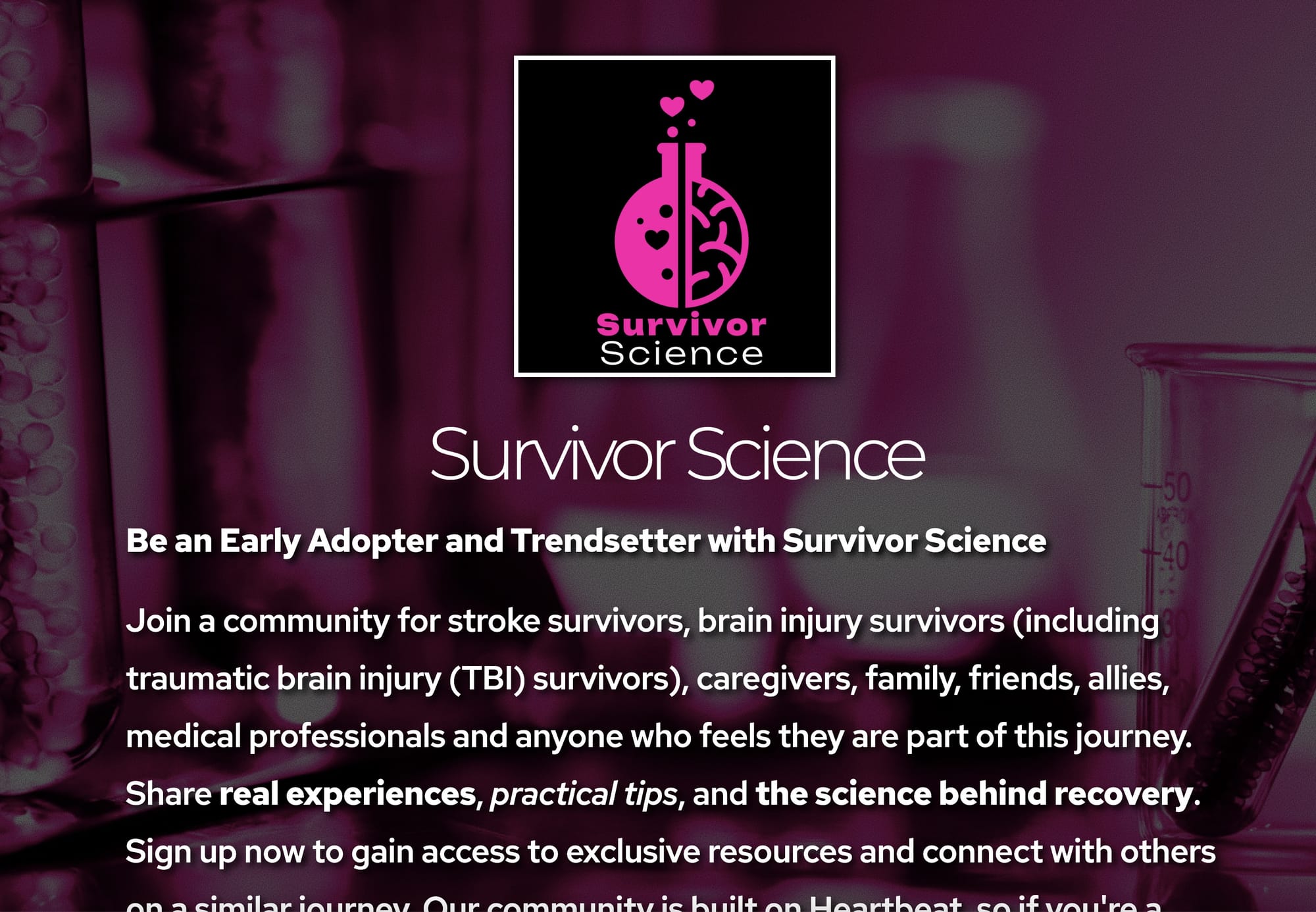Stroke is one of the leading causes of long-term disability worldwide, affecting millions of people each year. It occurs when the blood supply to part of the brain is interrupted or reduced, depriving brain tissue of oxygen and nutrients. This can lead to the death of brain cells, resulting in a range of physical and cognitive impairments. One common complication that stroke survivors face is spasticity, a motor disorder characterized by an abnormal increase in muscle tone or stiffness of muscle.
Spasticity can significantly impact a stroke survivor's quality of life, affecting their ability to perform daily activities and participate in social and recreational activities. This guide aims to provide an understanding of spasticity, its management, and practical strategies for stroke survivors to cope with this condition.
Physiological Basis
Spasticity arises from damage to the parts of the brain or spinal cord that control voluntary movement. It is characterized by an exaggerated stretch reflex, resulting in increased muscle tone and involuntary muscle contractions. The condition can cause muscles to feel tight, stiff, or even painful, and can interfere with movement and posture.
Symptoms and Diagnosis
Common symptoms of spasticity include muscle stiffness, involuntary muscle contractions, exaggerated deep tendon reflexes, and difficulty with movement. Diagnosis usually includes a physical exam to assess muscle tone and reflexes, often using scales like the Modified Ashworth Scale (MAS).
Impact on Daily Life
Spasticity can affect various aspects of daily life, from simple tasks like dressing and bathing to more complex activities like walking and writing. It can lead to muscle contractures, reduced mobility, and challenges in maintaining personal hygiene. Emotionally, the condition can cause frustration and anxiety, further impacting the survivor's overall well-being.
Management and Treatment Options
Medical Interventions
Medications such as Baclofen and Tizanidine are commonly used to manage spasticity. These medications work by reducing muscle tone and relieving stiffness. Botulinum toxin injections (Botox) can also be effective, particularly for focal spasticity. However, the effectiveness of Botox can vary, as noted in my experience where it worked well for my leg but was less effective for my hand and arm.
Expert Consensus Recommendations
Early identification and intervention are crucial in managing spasticity effectively. Implementing a traffic light classification system can help prioritize patients at risk and ensure timely and consistent management across primary and secondary care settings. This system categorizes patients into low, medium, and high risk, guiding the level of monitoring and intervention needed.
Physical Therapy and Rehabilitation
Physical and occupational therapy play a vital role in managing spasticity. Therapists can design stretching and strengthening exercises tailored to the individual's needs. Consistent physical therapy aids in preserving muscle flexibility and joint movement, which prevents muscle tightening and enhances overall functionality. For instance, stretching routines and the use of assistive devices can significantly enhance daily living activities.

Surgical Options
In severe cases, surgical interventions such as selective dorsal rhizotomy or tendon release surgery may be considered. These procedures aim to reduce spasticity and improve mobility by cutting nerve roots or lengthening tendons.
Daily Exercise and Stretching Routines
Consistency in exercise routines is essential for managing spasticity. Daily stretching exercises can help maintain flexibility and reduce muscle stiffness. Engaging in physical activities, such as running or playing sports, can also have beneficial effects. Regular exercise, including running and engaging in physical activities, can significantly improve muscle function and overall well-being, even though it may not fully restore pre-stroke levels.
It took me a while to realize how beneficial breathing exercises and stretching were. While it may seem obvious at first, the true value of these exercises becomes apparent through practice. Furthermore, incorporating running into my routine has been a transformative experience, significantly enhancing my physical abilities and quality of life. Having run almost 10,000 miles, I am now focusing on improving my lateral movement. Although I'm not a big fan of Pickleball, I can see how it might help others with similar goals.

Adaptive Techniques for Daily Activities
Adapting daily activities to accommodate spasticity can enhance independence and quality of life. Techniques such as using adaptive equipment for dressing or bathing can make these tasks easier. For instance, using utensils with larger handles for eating and installing grab bars in the bathroom for support are helpful adaptive techniques.
Pain Management and Comfort Measures
While spasticity itself may not always be painful, it can lead to discomfort and muscle tightness. Using heat and cold therapy, along with relaxation methods like deep breathing exercises, can alleviate discomfort and muscle tightness associated with spasticity. Regular breathing exercises and learning to work with my condition have reduced my muscle "stickiness" and frustration.
Playing Sports and Physical Activities
Engaging in physical activities, even at a modified level, can be highly beneficial for managing spasticity. Engaging in physical activities, such as playing sports with my children, has improved my physical function and brought a sense of normalcy and joy. Engaging in these activities enhances muscle coordination and strength, essential for effectively managing spasticity.
Interactive and Cognitive Activities
Interactive activities such as video games and typing can also help manage spasticity, particularly in the hands. These activities require fine motor skills and repetitive movements, which can improve muscle control and dexterity. In my case, playing video games and typing have positively impacted my hand function, making daily tasks more manageable.
Building a Support Network
Having a strong support network is vital for stroke survivors dealing with spasticity. Family, friends, and caregivers play a crucial role in providing emotional and practical support. Joining support groups and online communities can also offer a sense of belonging and shared experience.
Accessing Professional Help
Finding the right healthcare professionals, including neurologists, physiatrists, and physical therapists, is essential for effective spasticity management. Working with a multidisciplinary team ensures comprehensive care and tailored treatment plans.
Useful Tools and Technologies
There are various tools and technologies available to aid in spasticity management. Apps, adaptive devices, and innovations in stroke recovery tech can improve outcomes. Keeping up with new developments and resources can empower stroke survivors during their recovery. I don't have specific recommendations, as every stroke case is unique, but if you have a suggestion, tip, or app that you've found helpful, we'd love to hear from you. Please share anything useful that others may benefit from trying out!
Case Studies
Sharing real-life examples of stroke survivors managing spasticity can provide inspiration and practical insights. These stories showcase effective strategies and successful experiences in managing spasticity, offering insights and inspiration for stroke survivors.
Community Contributions
Encouraging members of the Survivor Science community to share their experiences and success stories can foster a supportive environment. Highlighting breakthroughs and positive outcomes can motivate others to stay committed to their recovery goals.

Recap of Key Points
Managing spasticity involves a combination of medical interventions, physical therapy, self-management strategies, and support systems. Early identification and timely intervention are crucial for preventing long-term complications and improving quality of life.
Encouragement and Hope
While managing spasticity can be challenging, it is important to stay hopeful and motivated. With the right strategies and support, stroke survivors can make significant progress in their recovery.
Next Steps
Starting with a personalized management plan and engaging with the Survivor Science community for ongoing support are practical steps to take. Remaining informed and connected empowers stroke survivors to enhance their function and quality of life while managing spasticity.
To join a supportive and resourceful community dedicated to stroke survivors, visit https://vip.survivorscience.com.




